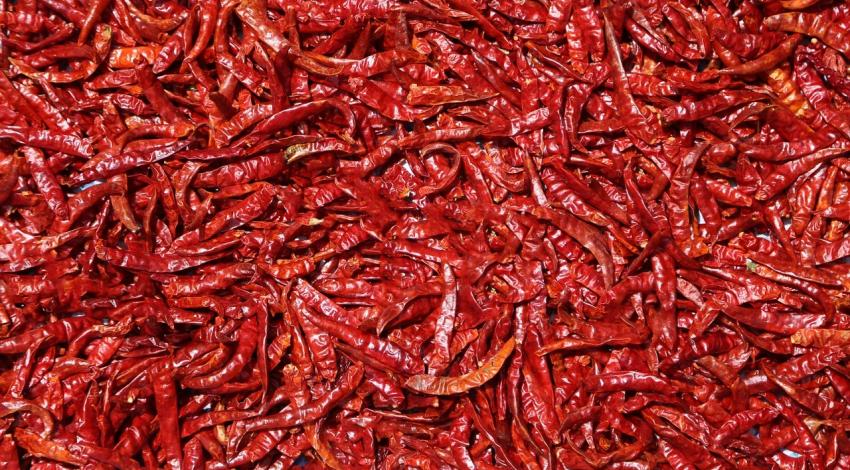Creamy potato soup.
1 Introduction
Few dishes offer as much comfort as a steaming bowl of potato soup. This humble recipe has warmed kitchens and hearts for generations, transforming simple root vegetables into a velvety meal that feels both rustic and indulgent. In this guide we explore the history of potato soup, why it became a staple across Europe and the Americas, and how you can prepare a flavorful version at home.
2 Historical Background
Potatoes arrived in Europe from South America in the 16th century and were initially regarded with suspicion. Gradually, farmers realized the crop thrived in poor soils where grains often failed. During periods of famine, potatoes provided an affordable source of calories. People soon began mashing them into soups to stretch small amounts of meat and vegetables. By the 18th century, variations of potato soup were found in Irish, German, and Scandinavian cookbooks, each region adding local herbs and dairy for richness.








